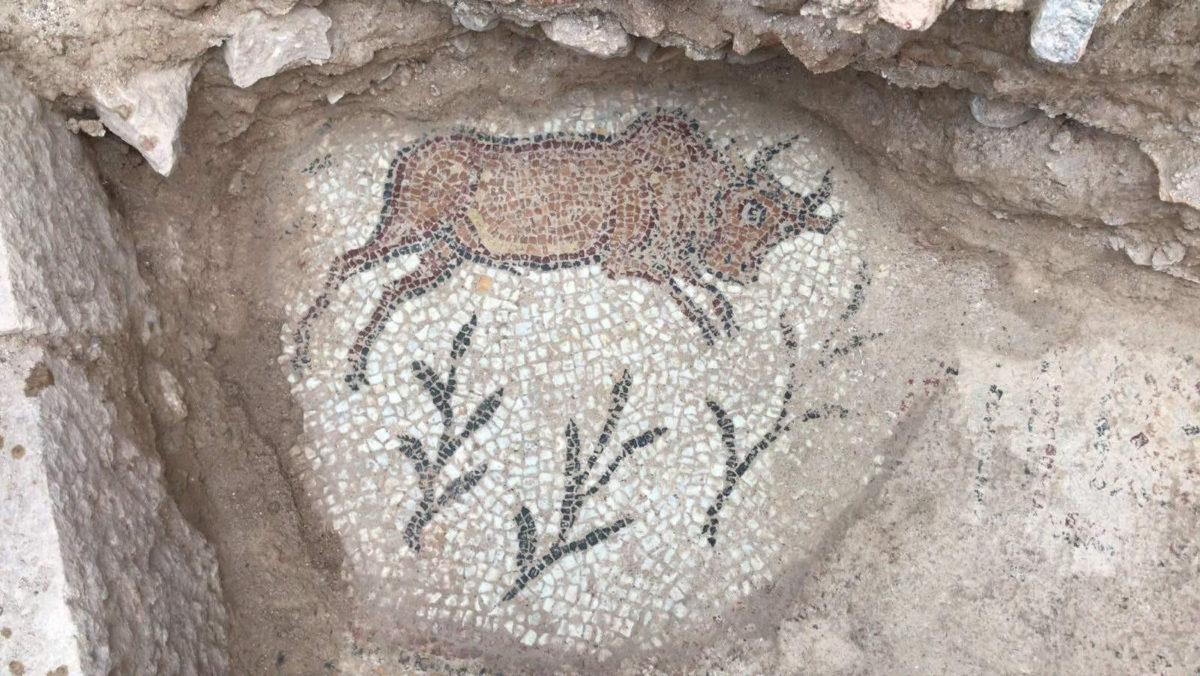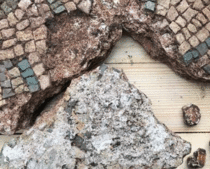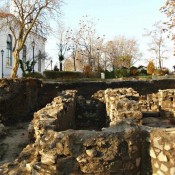Archaeological excavations in the ancient city of Hadrianapolis (Paphlagonia) in the Black Sea revealed a 1,500-year-old structure believed to be one of the earliest churches in Anatolia.
The structure is located on the pilgrimage route. “There are Christian structures in Hadrianapolis. We found that these structures cover an area of 20 kilometres from the center of Hadrianapolis. We will work on them in the coming years and support them with archaeological findings. Hadrianapolis is the most important archaeological city in the western Black Sea region,” Çelikbaş, a member of Karabük University’s archaeology department said. According to researchers, Hadrianapolis was established in the 1st century and was used as a settlement until the 8th century.
Excavations for the structure, whose floor is decorated with mosaics, have been continuing under the inspection of Kastamonu Museum. The mosaics depict the rivers of Geon, Phison, Tigris and Euphrates, and various animals. The site has been linked to the ancient city of Zeugma.
“The find dates back to the mid-fifth century. When we take into consideration church architectures in Anatolia, we can say that this one is one of the earliest churches in Anatolia. Ancient resources on Saint Alypios the Stylite mention the existence of a men’s monastery and women’s monastery belonging to him in Eskipazar. In our works, we have a big opportunity to detect the existence of these monasteries or churches. The church is in a very important location. It is nearly 20 metres in length and has significant floor coverings,” Çelikbaş said.
“We found important figures on the mosaics. This place was a big ancient city after the fourth century. Alypios the Stylite was born here and died here. So this city is very important for the Christian world. We know very well that the Christians arrived in the Amasra harbour during this era and visited Hadrianapolis. Later, they went to Constantinople for commercial purposes,” he added.
Archaeological surface surveys have revealed 14 public buildings and other structures in the Hadrianapolis. Among them, there are two baths, two churches, a defense structure, rock tombs, a theatre, an arched and domed structure, a monumental cultic niche, walls, a villa, other monumental buildings and some religious buildings.
Excavation works in Hadrianapolis started in 2003 and have been continuing with intervals.




